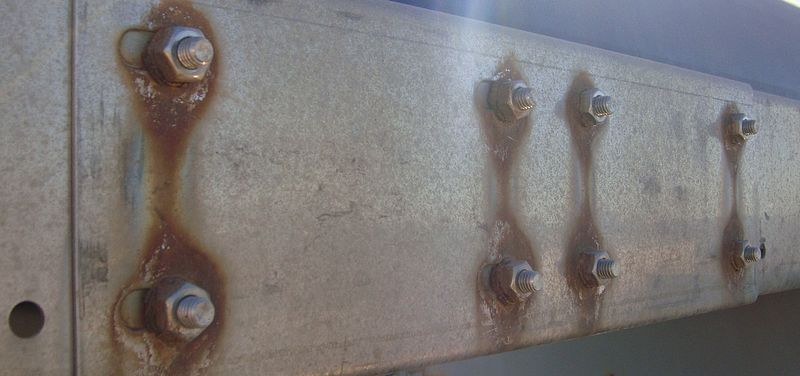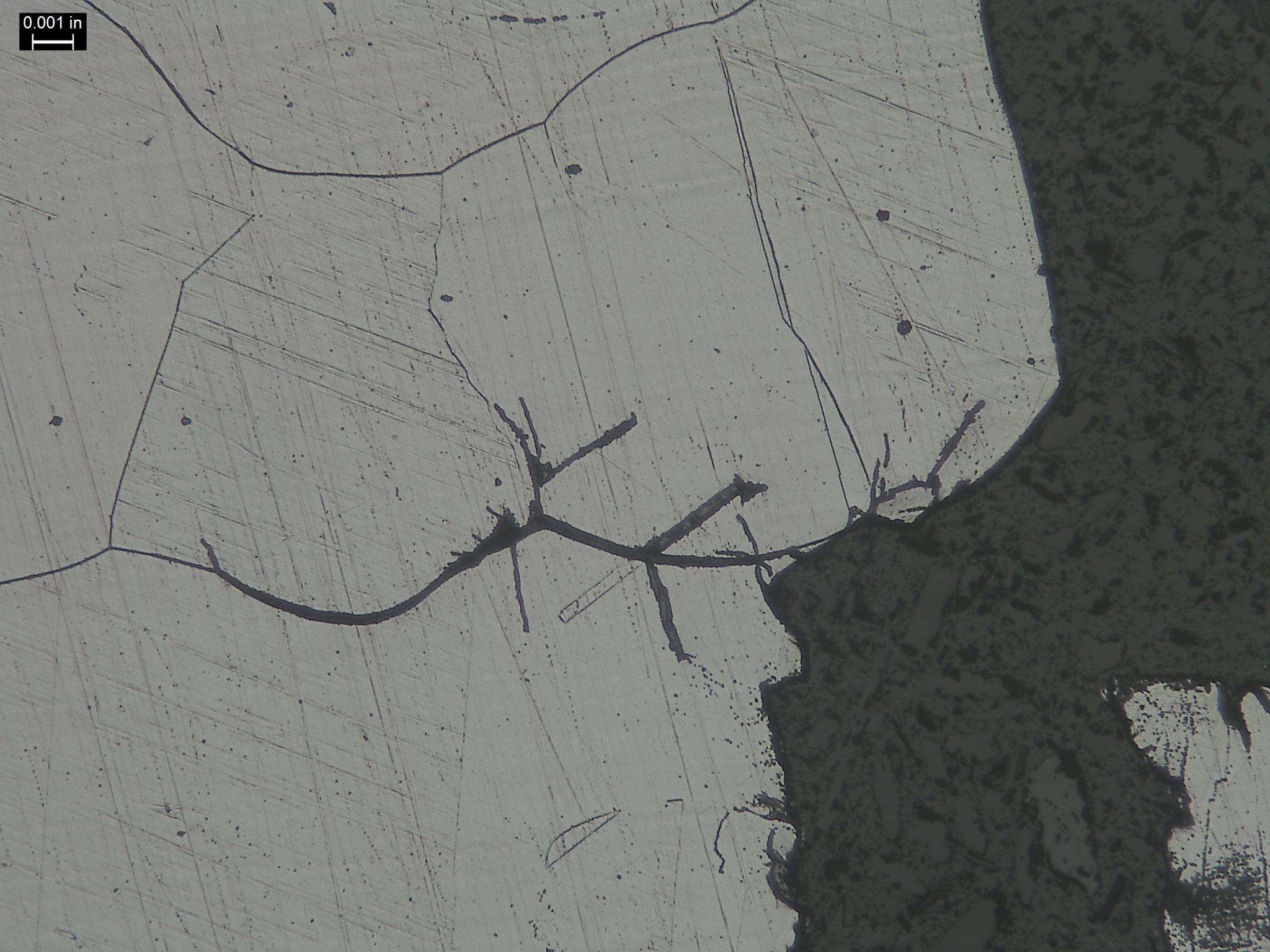

It appeared that the SCC resistance of the three alloys was generally reduced by the addition of copper oxides, at least when the cover gas did not contain hydrogen. Publication Date: Sat Mar 01 00:00: Research Org.: Argonne National Lab., IL (USA) OSTI Identifier: 5305036 Report Number(s): ANL/OTEC-BCM-008 DOE Contract Number: W-31-109-ENG-38 Resource Type: Technical Report Country of Publication: United States Language: English Subject: 14 SOLAR ENERGY 36 MATERIALS SCIENCE AMMONIA CORROSIVE EFFECTS OCEAN THERMAL POWER PLANTS MATERIALS STEELS STRESS CORROSION ALLOYS ALUMINIUM CONTAMINATION CORROSION INHIBITORS CORROSION RESISTANCE DEW POINT ELECTROCHEMICAL CORROSION FAILURES FRACTURING GAS COMPRESSORS HYDRAZINE IMPURITIES PIPES PROTECTIVE COATINGS SURVEYS TEMPERATURE DEPENDENCE TUBES TURBINES WATER CHEMICAL REACTIONS COATINGS COMMINUTION COMPRESSORS CORROSION ELEMENTS HYDRIDES HYDROGEN COMPOUNDS IRON ALLOYS IRON BASE ALLOYS MACHINERY METALS NITROGEN COMPOUNDS NITROGEN HYDRIDES OXYGEN COMPOUNDS POWER PLANTS SOLAR POWER PLANTS TURBOMACHINERY 140800* - Solar Energy- Ocean Energy Systems 360105 - Metals & Alloys- Corrosion & = O. Research is required to determine the severity of the coupling effect between dissimilar alloys in ammonia under OTEC conditions especially the possibility of accelerated SCC failures of stressed steel where the presence of an inhibitor in the ammonia may not be sufficient to override the galvanic coupling effect.Īuthors: Teel, R. With aluminum tubes, the tube sheet will either have to be solid aluminum, aluminum clad steel or some nonconductive coating will be necessary to effectively remove the cathodic alloy from the galvanic circuit. Where water has proven effective as an inhibitor of SCC in an all steel system, it may not be adequate in a mixed metal system. Galvanic corrosion between dissimilar metals and/or accelerated failure by SCC of stressed steel as a result of galvanic coupling may be of concern.

Water as well as hydrazine when present in small amounts have been shown to be effective inhibitors in an all steel system. Carbon steel, alloy steel, and high-strength, quenched and tempered steel, when under applied or residual stress and especially when cold formed and/or welded without subsequent thermal stress relief, are subject to failure by stress-corrosion cracking (SCC) in air-contaminated dry ammonia.


 0 kommentar(er)
0 kommentar(er)
